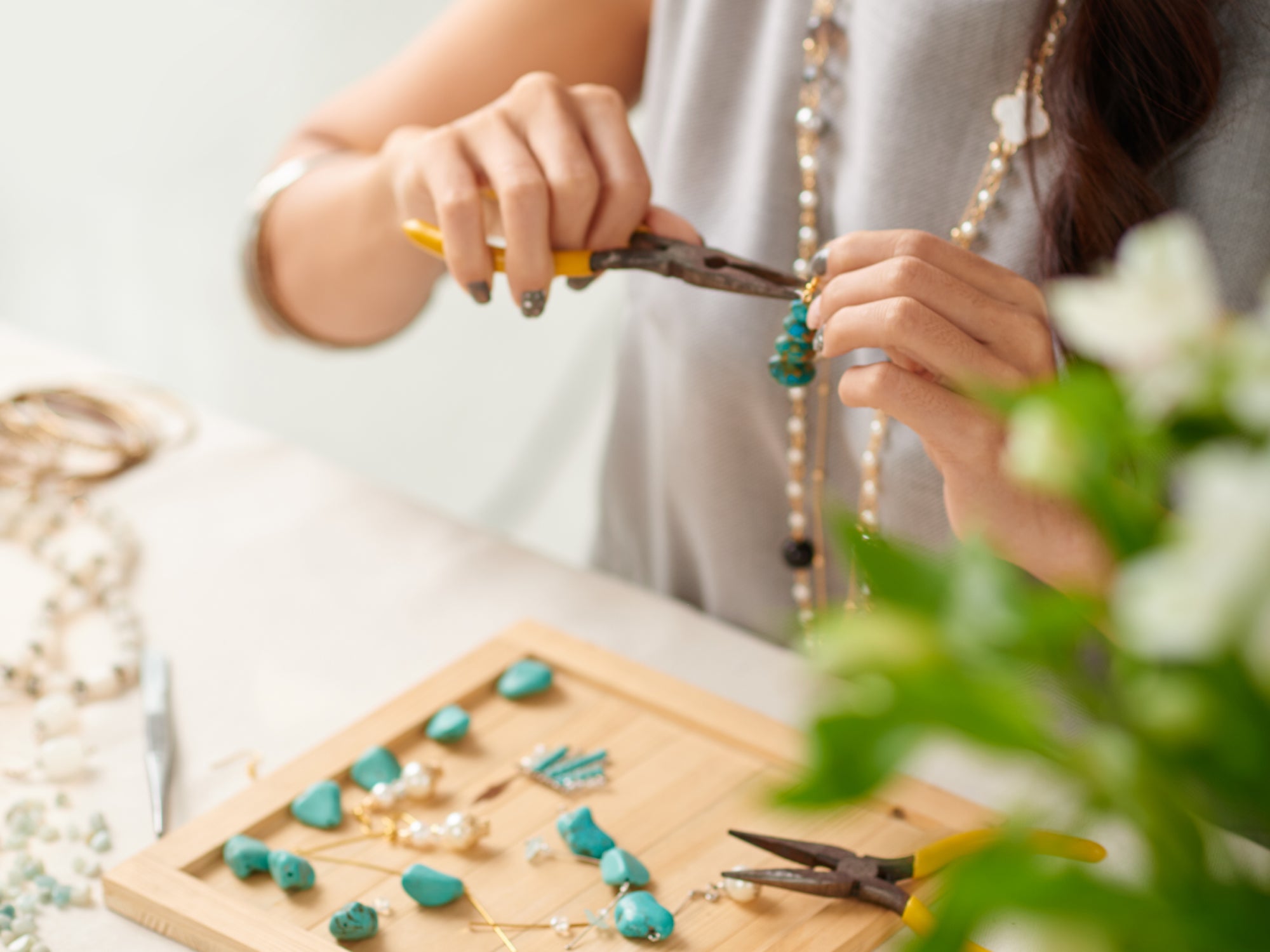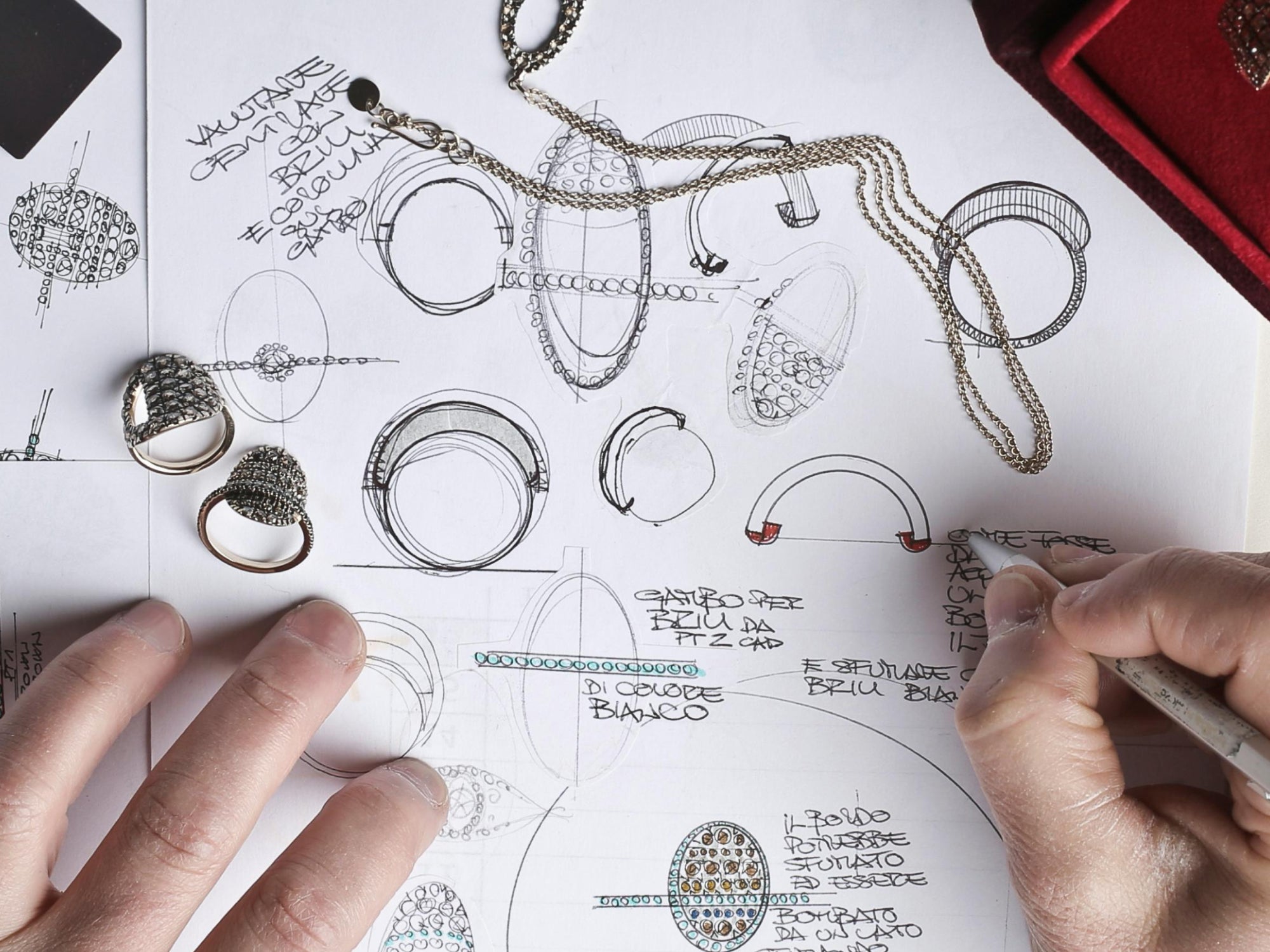Silver jewelry is timeless and elegant, adding a touch of sophistication to any outfit. However, to keep your silver pieces looking their best, it’s essential to care for them properly. Silver can tarnish and lose its luster over time if not maintained. In this comprehensive guide, we'll explore practical tips for preserving the beauty and longevity of your silver jewelry.
Understanding Silver Tarnish
Tarnish is a natural reaction that occurs when silver comes into contact with sulfur-containing substances in the air. This reaction forms a dull, grayish-black layer on the surface of the jewelry. While tarnish doesn’t damage the silver itself, it can affect the appearance. The good news is that with regular care, you can prevent and remove tarnish, keeping your silver jewelry sparkling.
Daily Wear and Storage Tips
1. Limit Exposure to Chemicals
Chemicals found in everyday products can accelerate tarnishing. Avoid exposing your silver jewelry to:
- Perfumes and Lotions: Apply these products before putting on your jewelry.
- Household Cleaners: Remove your jewelry before cleaning to prevent contact with harsh chemicals.
- Chlorinated Water: Take off your silver pieces before swimming in pools or hot tubs.
2. Proper Storage
Proper storage is crucial in preventing tarnish. Here are some tips:
- Use Anti-Tarnish Bags: Store your silver jewelry in anti-tarnish cloths or bags to minimize exposure to air.
- Separate Compartments: Keep each piece of jewelry in a separate compartment to avoid scratching.
- Dry Environment: Store silver in a cool, dry place. Avoid humid areas like bathrooms, as moisture can speed up tarnishing.
Cleaning Your Silver Jewelry
Regular cleaning is essential to maintain the shine and beauty of your silver jewelry. Here’s how to do it safely and effectively:
1. Gentle Cleaning for Light Tarnish
For lightly tarnished jewelry, a mild cleaning routine will suffice:
- Soap and Water: Mix a few drops of mild dish soap with warm water. Use a soft cloth or sponge to gently clean the jewelry. Rinse thoroughly with clean water and dry with a soft towel.
- Baking Soda Paste: Make a paste with baking soda and water. Apply it to the jewelry with a soft cloth, rub gently, then rinse and dry.
2. Deep Cleaning for Heavy Tarnish
For more heavily tarnished pieces, you may need a more intensive cleaning method:
- Silver Cleaning Solutions: Use a commercial silver cleaner. Follow the manufacturer’s instructions carefully. Avoid using these solutions on jewelry with gemstones, as they can be damaged.
- Aluminum Foil and Baking Soda: Line a bowl with aluminum foil, add boiling water and baking soda. Place your silver jewelry in the solution. The chemical reaction will remove the tarnish. Rinse and dry thoroughly.
Polishing Your Silver Jewelry
Polishing helps maintain the shine of your silver jewelry. Here’s how to do it right:
1. Choose the Right Cloth
- Polishing Cloths: Use a special silver polishing cloth designed for jewelry. These cloths are treated with chemicals that help remove tarnish and restore shine.
- Microfiber Cloths: A soft, lint-free microfiber cloth can also be used for gentle polishing.
2. Polish Gently
- Use a Light Touch: Apply gentle pressure to avoid scratching the silver.
- Follow the Grain: Polish in a straight line rather than in circles to avoid creating swirl marks.
Preventative Measures
Taking proactive steps can help minimize tarnishing and maintain the beauty of your silver jewelry.
1. Wear Your Jewelry Often
Believe it or not, wearing your silver jewelry can actually help prevent tarnish. The oils from your skin create a natural barrier against tarnish.
2. Avoid Direct Sunlight
Prolonged exposure to direct sunlight can cause silver to tarnish more quickly. Store your jewelry away from windows and direct light sources.
3. Use Anti-Tarnish Strips
Place anti-tarnish strips in your jewelry box or storage area. These strips absorb pollutants and moisture, reducing tarnish buildup.
Special Considerations for Silver-Plated Jewelry
Silver-plated jewelry requires additional care, as the silver layer can wear away over time.
1. Gentle Cleaning Only
Avoid abrasive cleaners and brushes, as these can strip away the silver plating. Use a mild soap and water solution, and dry thoroughly.
2. Frequent Inspections
Regularly inspect your silver-plated jewelry for signs of wear. If the plating is wearing thin, consider having it replated by a professional jeweler.
Caring for Silver Jewelry with Gemstones
Silver jewelry with gemstones requires special care to avoid damaging the stones.
1. Check Cleaning Instructions
Different gemstones have different care requirements. Always check the specific cleaning instructions for the stones in your jewelry.
2. Avoid Soaking
Never soak jewelry with gemstones in water or cleaning solutions. This can loosen the settings and damage the stones.
3. Use a Soft Brush
For detailed cleaning, use a soft brush, like a toothbrush, to clean around the stones and settings.
Professional Maintenance
Regular professional maintenance can help keep your silver jewelry in top condition. Consider taking your pieces to a professional jeweler for cleaning and inspection at least once a year.
1. Professional Cleaning
A jeweler can thoroughly clean and polish your silver jewelry, removing stubborn tarnish and restoring its shine.
2. Inspection and Repair
A jeweler can also inspect your jewelry for any signs of wear or damage, such as loose stones or worn clasps, and make necessary repairs.
Conclusion
Caring for your silver jewelry doesn’t have to be a daunting task. With regular cleaning, proper storage, and a few preventative measures, you can keep your silver pieces looking beautiful for years to come. By investing a little time and effort into maintaining your jewelry, you can ensure that it continues to add a touch of elegance and sophistication to your style. Remember, well-cared-for jewelry not only enhances your appearance but also preserves your precious memories and investments.


